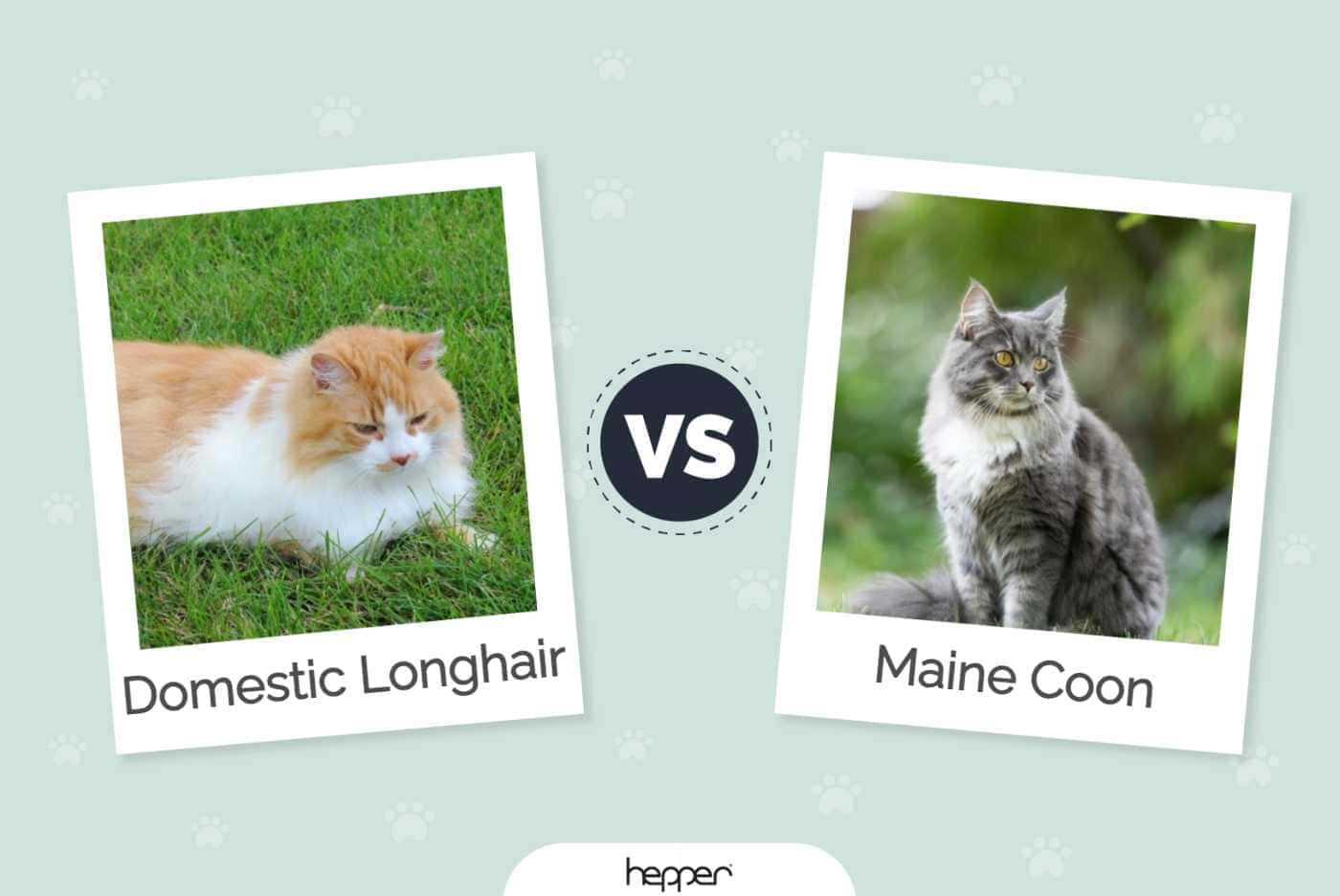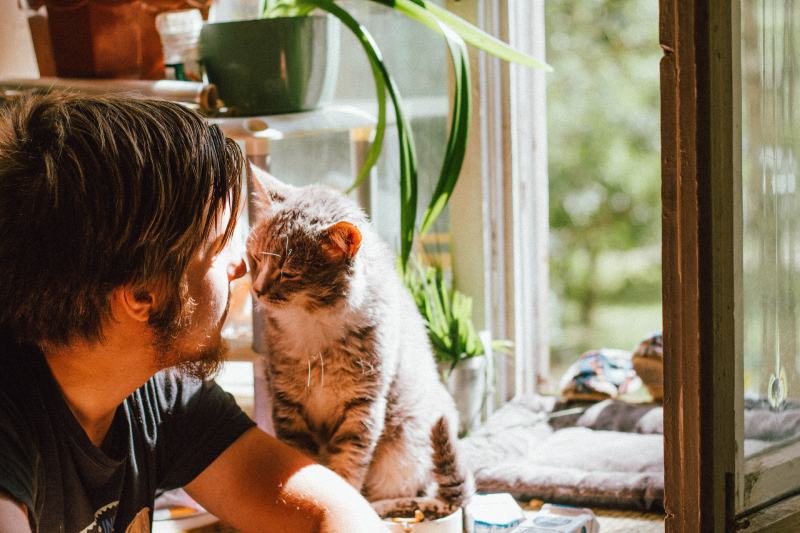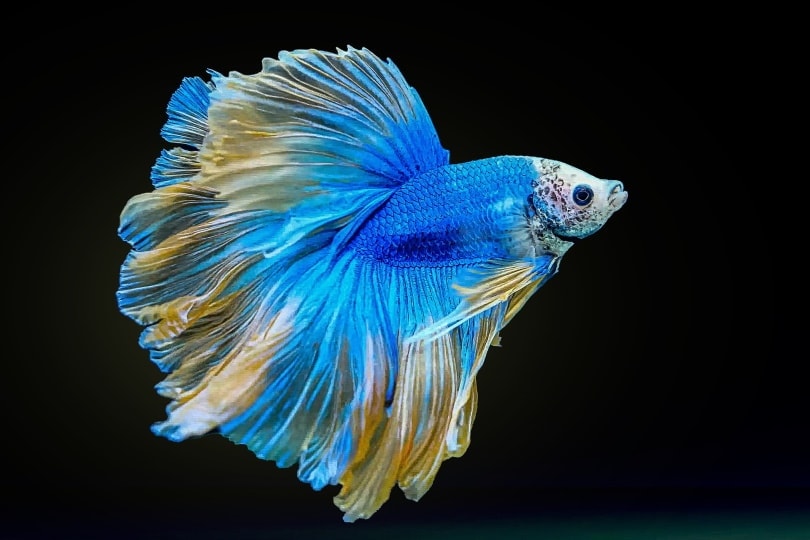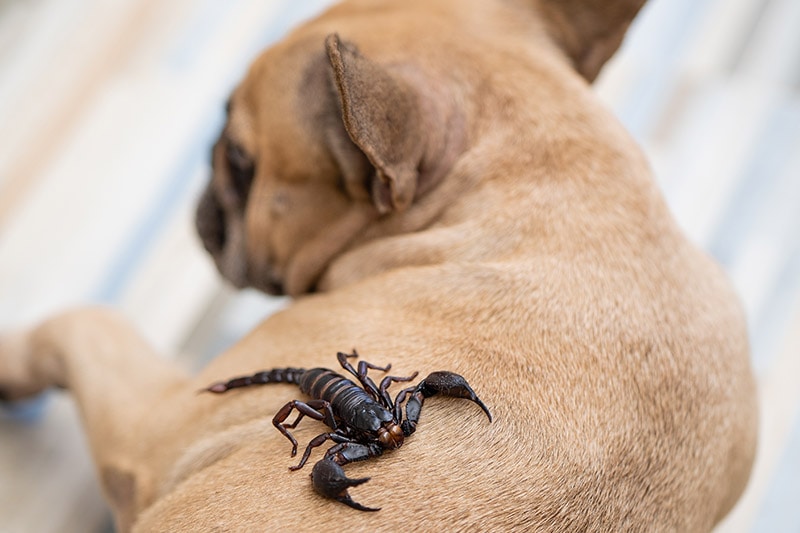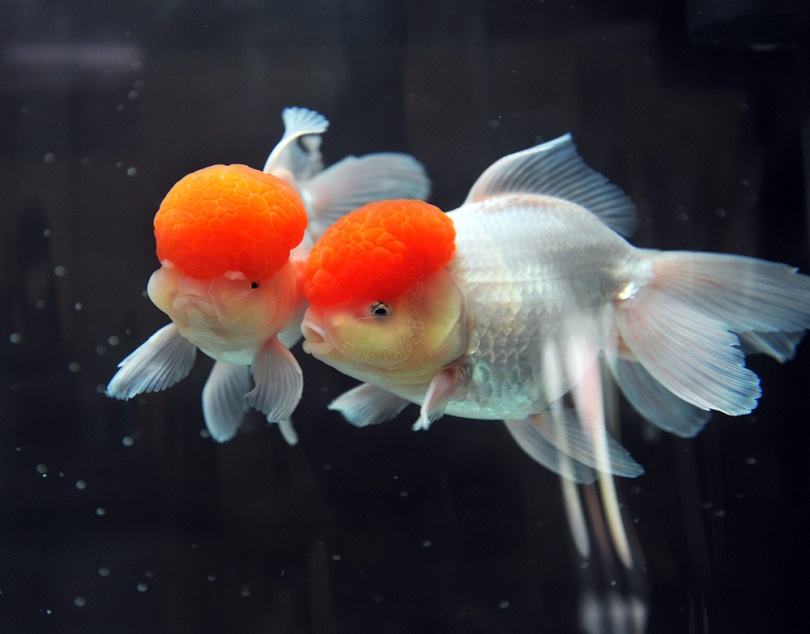Is Buttercup (Ranunculus) Poisonous to Cats? Keeping Your Cat Safe
Updated on
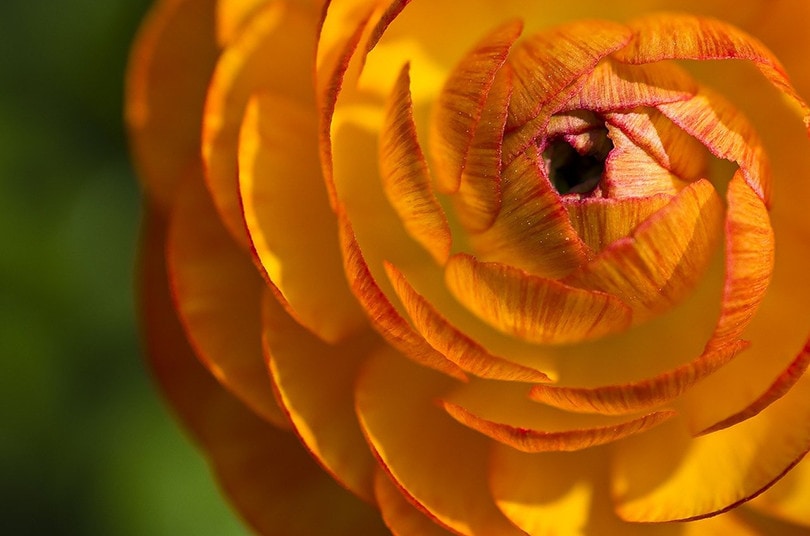
Spring is a wonderful time of year. The temperature starts to rise, and color begins to sprout all around. As much as we look forward to the change of season, we also need to be mindful and proactive in keeping our cats safe from the dangers that accompany it. As new flowers blossom in your yard, it’s important to identify them since some are toxic to your cat and other pets.
Although dainty and beautiful, Buttercups can cause a lot of damage to your cat’s little body if they decide to munch on them for self-treatment or digestive purposes. Unfortunately, even this flower’s pollen can cause harmful effects on your cat. Keep reading to find out more.
Why Do Cats Eat Plants?
Carnivorous cats need a high-protein diet, primarily animal protein, so why do they sometimes eat plants, and are they at risk of poisoning? First, the age of a cat can have a role to play. Kittens with high energy levels often find just about anything to play with. If they see a flower blowing in the wind, they will try to catch it as they would with their feather wands during playtime with their owners.
Once caught, it’s common for them to bite, chew, and shallow the plant. Boredom or curiosity in cats can lead to the same outcome. Another reason why cats eat plants is that it’s instinctual and, therefore, common to see in cats of all ages.
Eating grass or plants around the yard can help with digestive problems and loosen undigested food. Greenery can also be used for medicinal purposes when a cat has an infection. For the most part, benefit from the fiber and nutrients from the plants and grass. However, if their choice is limited to an environment that contains a variety of toxic plants, they may eat whatever is around, which can have dire consequences.

Are All Plants Toxic to Cats?
Not all plants are toxic to cats, but what may not be toxic to your cat may be toxic to another pet and vice versa, so always research the plants around your house before allowing your pets to play around them.
Some plants may not be toxic enough to kill your cat if ingested, but they can still cause a reaction. They can cause allergic reactions in your cat, such as excessive licking and scratching due to itchy skin, while others may be toxic enough to cause organ failure.
The amount of plants your cat eats can affect the severity of their signs. Often, they’ll have had to have eaten a large portion for it to be life-threatening. Unfortunately, some plants are so toxic that even a bite can send them to the emergency room.
Some toxic plants may not be poisonous throughout their structure. Sometimes, it may just be the bulbs that contain high levels of poison, while other times, all parts of the plant can be dangerous. If your cat eats a poisonous plant, check which part of the plant they chewed on and inform your vet; it will help them determine which treatment to use.

Other Poisonous Plants to Watch Out For
Although there are hundreds of plants that are toxic to cats, we’ve listed a few common ones below:
- Sago Palm (Coontie palm, cardboard palm, cycads, zamias): The seeds of this plant are the deadliest.
- Daffodils: The bulbs are the most toxic part.
- Lilies: Highly poisonous. Simply licking the pollen can cause death in cats.
- Autumn Crocus (Meadow saffron, naked lady): All parts of this plant are toxic.
- Hyacinth and Tulips: All parts are dangerous, but the poison is most concentrated in the bulbs.
- Azaleas and Rhododendrons: Even ingesting a small amount is dangerous to cats.
- Dieffenbachia (Charming dieffenbachia, dumb cane, exotica perfection, tropic snow): Not deadly but will cause pain and discomfort if bitten.
- Cyclamen (Persian violet, sowbread): The most toxic parts are the tubers and roots.
- Oleander (Nerium/white oleander, rose bay): All parts are toxic, including the water the plant has sat in.
- Kalanchoe (Mother-in-law plant, devil’s backbone, chandelier plant): All parts are toxic.
What Happens if My Cat Eats a Buttercup?
Thankfully, Buttercups have a bitter taste that deters cats from eating them. However, they produce pollen that can rub on your cat’s coat. If your cat licks pollen off the flower or their coat while grooming, it can be an irritant.
Buttercups contain protoanemonin that is released when the plant is chewed. This substance is toxic to cats and affects their gastrointestinal tract. The highest density of the toxic is in the flower; however, the whole plant is dangerous to cats.
When chewed and ingested, a cat’s mouth will swell and become red, and blisters can form. If the bitter taste didn’t deter the cat from the plant initially, the discomfort usually does and stops them from ingesting more of the plant. Blisters and swelling can also form on your cat’s face in all the areas that made contact with the chewed plant.
Other signs that can arise are excessive drooling, vomiting, diarrhea, depression, no longer eating, wobbly gait, weakness, tremors, bloodied urine, and seizures. The severity of the signs depends on how much of the Buttercup plant your cat ingested.
Symptoms are likely to occur within three hours of chewing or ingesting the Buttercup plant. If you’ve noticed a chewed-up Buttercup in your garden, check your cat for blisters or swelling in their mouth or face. Also, determine which part of the Buttercup was eaten.
Determining how much of the plant and which parts were eaten will help your vet treat your cat. However, whether you’ve caught your cat in the act of eating a Buttercup or noticed the signs, take them to the vet immediately. If you cannot get to your vet quickly, phone a pet poison hotline for advice on what to do to help your cat.
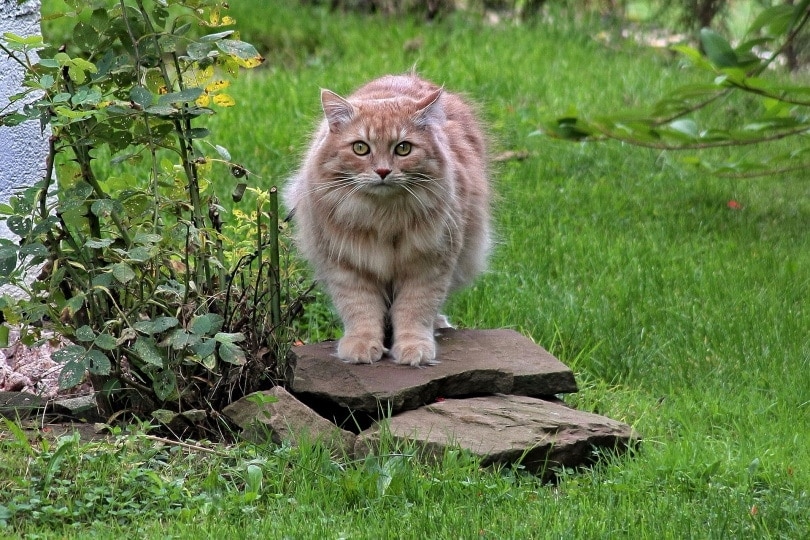
Cat Safety Around Buttercups
Your cat may be energized and eager to explore their colorful yard. However, sectioning your yard so your cat cannot play around your Buttercup flowers is necessary.
You could also spray strong-smelling substances around your Buttercups to deter your cat from playing around them. Cats hate the smell and taste of citrus, making it an excellent option to mix with water and spray on your plants without causing harm to them or your cat.
Another option is removing the Buttercups from your home and re-planting them in a pet-less friend’s yard with their permission. A risk-free yard is safe for your cat to explore, play, and run in.
Conclusion
Buttercups are poisonous to cats. When they’re chewed, the toxins are released and can cause swelling and blisters, along with more severe signs. Not all plants and flowers are toxic to cats, but it’s your responsibility as a cat owner to distinguish which plants are and which aren’t to protect your cat from accidental poisoning.
Related Reads:
Featured Image Credit: DanielWanke, Pixabay



